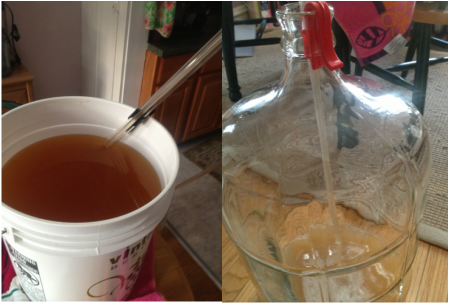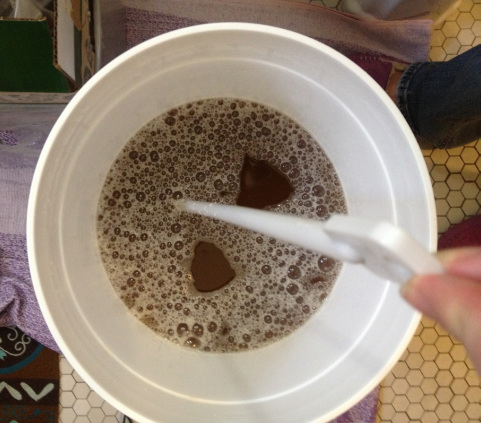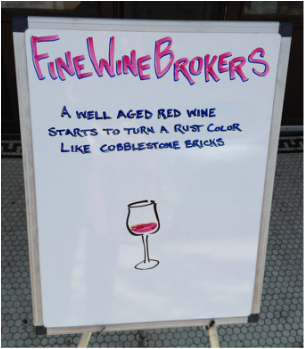My storage space is limited, so I’ve never been able to justify buying champagne glasses of any kind. But one day, I got curious. Why don’t you see many of the saucer style glasses nowadays? Why the ever-present flute (tulip or trumpet) shape we’ve all come to know?
I'm not really sure where the preference shifted, it seems to be sometime in the 1960's or 70's (if my online vintage shopping tells me anything.) But, it really does make perfect sense- favoring the flute is a matter of function. The saucers just aren’t a good shape for sparkling wine. All those tiny little bubbles are just dying to rush to the top and make their bid for freedom. The giant bowl of the champagne saucer gives them lots and lots of surface area to make their escape. Whereas, the long narrow shape of the flutes gives them more opportunity to hide out and cling to the bottom of the glass, with far less area to break at the surface. Pretty straightforward.
So, unless you plan on throwing the entire thing back nice and quick (I'm not judging,) your champagne toasts are much better served in our modern flute. However, if you’re in the mood to throw a Casablanca-themed party one of these days, these plastic versions could be a fun, low-commitment substitute (though I should inject that my depression-era grandmother would insist that you wash and re-use them. )
Go right ahead! Play it, Sam!
Did you know?
Sparkling wines today are made in two basic ways. According to the traditional method, the wines undergo a secondary fermentation (in tank or bottle-it varies from region to region) in which the carbonation is not allowed to escape. I'm over simplifying, as it is actually a pretty complex process, but you get the drift. The more modern and sort of “quickie” method is done by the same process by which we carbonate our soda. Yep. Basically, they pull a Sodastream maneuver and inject carbon dioxide into the wine.
You can tell the difference when you pour them in your glass. The traditionally made wines have delicate, tiny little bubbles. Whereas the soda-style sparklers have large, splashy bubbles. If you had one of each side-by-side, it’d be obvious.






 RSS Feed
RSS Feed